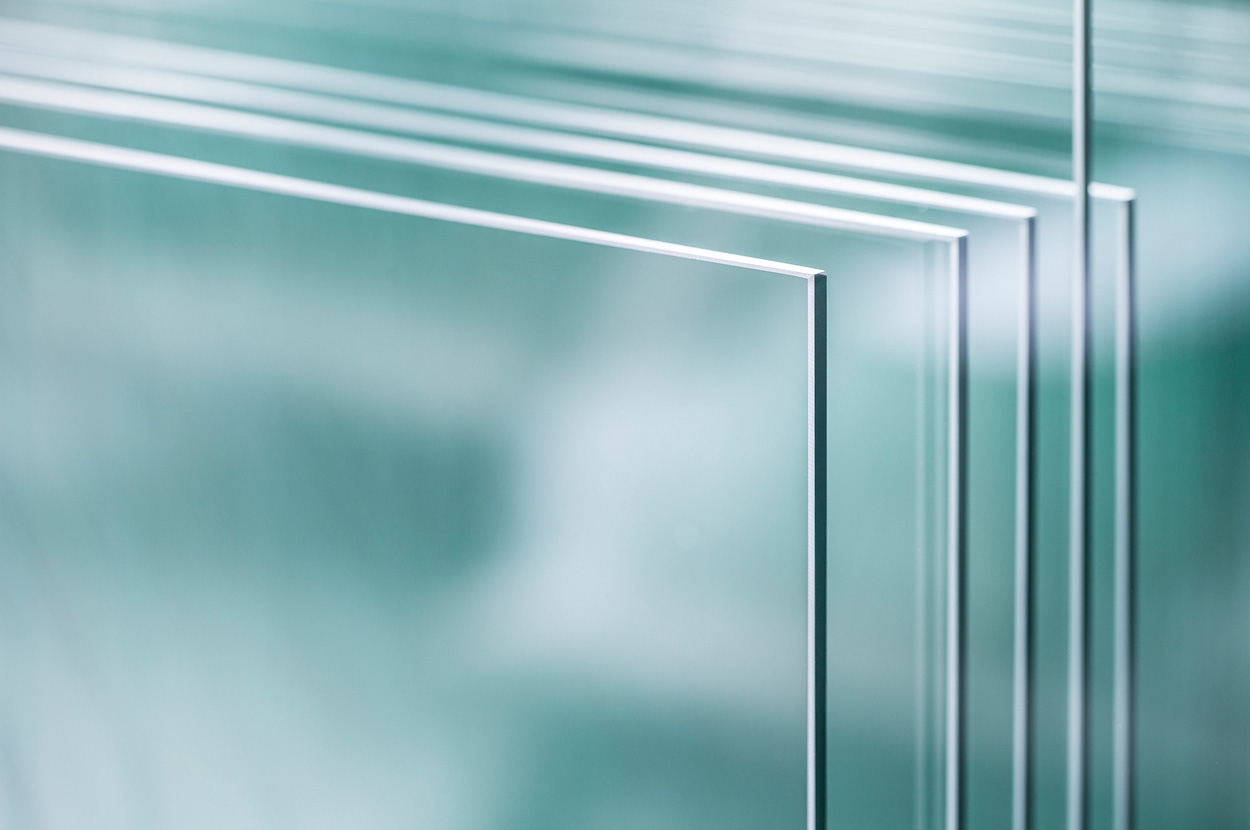

Understanding Glazed Tempered Glass Properties and Applications
Glazed tempered glass, often referred to as toughened glass, has become a staple in modern architecture and interior design due to its remarkable strength and aesthetic appeal. This type of glass undergoes a specialized heat treatment process that enhances its durability and safety, making it ideal for various applications where traditional glass may not suffice.
The Manufacturing Process
The production of glazed tempered glass begins with the selection of high-quality float glass. The glass is then cut to desired dimensions before it undergoes a heating process. It is heated to temperatures ranging from 600 to 700 degrees Celsius in a tempering oven. Following this, the glass is rapidly cooled through a process known as quenching. This rapid cooling creates internal stresses within the glass, which significantly increases its strength compared to standard glass with similar thickness. The result is a material that can withstand impact, thermal stress, and bending, making it perfect for demanding environments.
Properties of Glazed Tempered Glass
One of the most significant advantages of glazed tempered glass is its safety feature. When broken, it shatters into small, blunt pieces rather than sharp shards, greatly reducing the risk of injury. This safety feature makes it particularly suitable for use in buildings, cars, and other applications where human safety is a concern.
In addition to its safety benefits, tempered glass also boasts impressive thermal performance. It can withstand temperature changes far better than regular glass, making it ideal for structures exposed to extreme weather conditions. This thermal resistance is particularly beneficial in energy-efficient building designs, as it helps in regulating indoor temperatures, thereby reducing heating and cooling costs.

Another attractive feature of glazed tempered glass is its versatility in design. It can be produced in various thicknesses and finishes, from clear to tinted or frosted, allowing architects and designers to explore creative possibilities. Its aesthetic qualities are often highlighted in facades, glass stairs, shower enclosures, and balustrades, adding elegance and modernity to residential and commercial spaces alike.
Applications in Architecture and Design
Glazed tempered glass finds extensive use in both residential and commercial buildings. Its strength and safety features make it a preferred choice for windows, glass doors, and curtain walls where large panes are desired. In commercial settings, it is commonly used in storefronts and office partitions, allowing for an open, airy feel that encourages interaction while maintaining privacy.
Furthermore, the glass is increasingly popular in interior applications. Designers utilize its sleek appearance in shower enclosures, glass shelves, and even furniture, such as tables and cabinets. The ability to incorporate adjustable tinting or low-emissivity (Low-E) coatings allows for further customization, ensuring that the glass not only serves a functional purpose but also enhances the visual character of the space.
Conclusion
In conclusion, glazed tempered glass is a remarkable material that combines safety, strength, and aesthetic versatility. Its unique manufacturing process and inherent properties make it an ideal choice for a wide variety of applications in modern architecture and design. As construction trends move towards more sustainable and visually appealing solutions, the demand for glazed tempered glass is likely to continue growing, paving the way for innovative designs that prioritize both beauty and safety. Whether used in facades, interiors, or furniture, glazed tempered glass represents the perfect fusion of form and function in contemporary design.